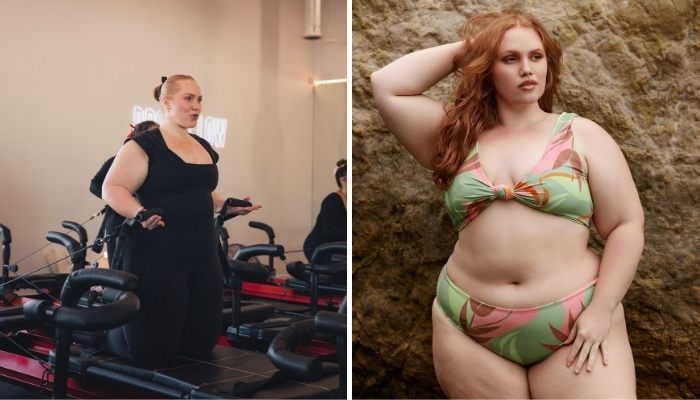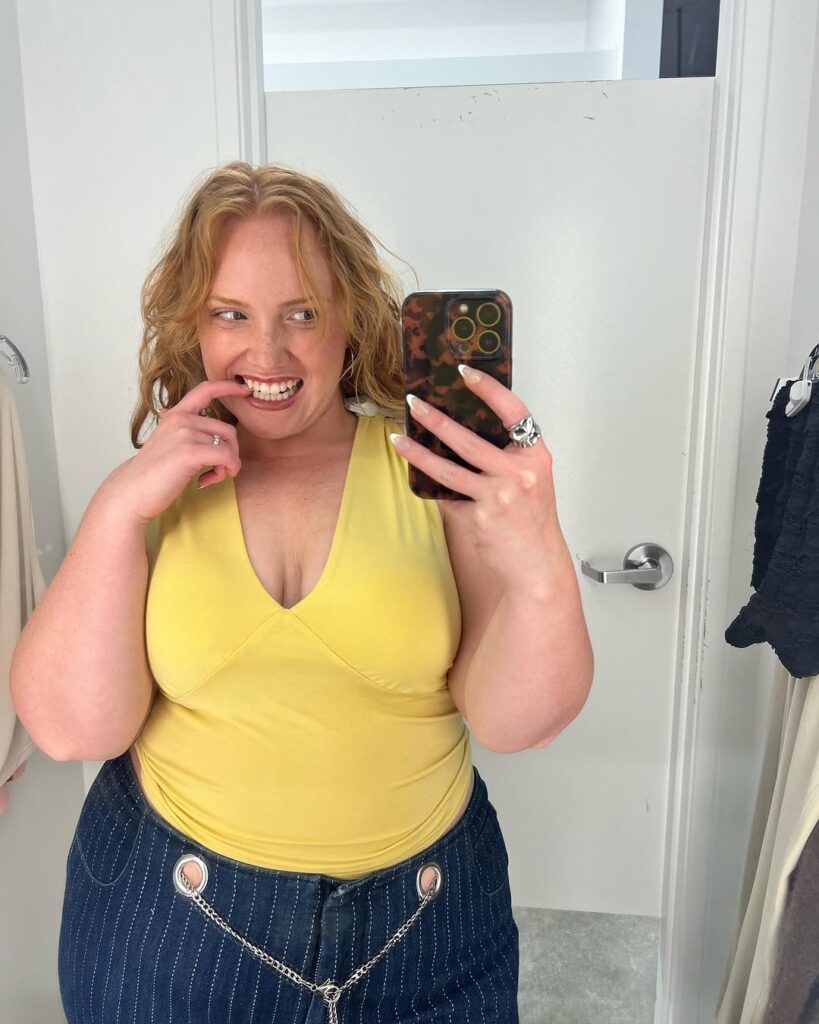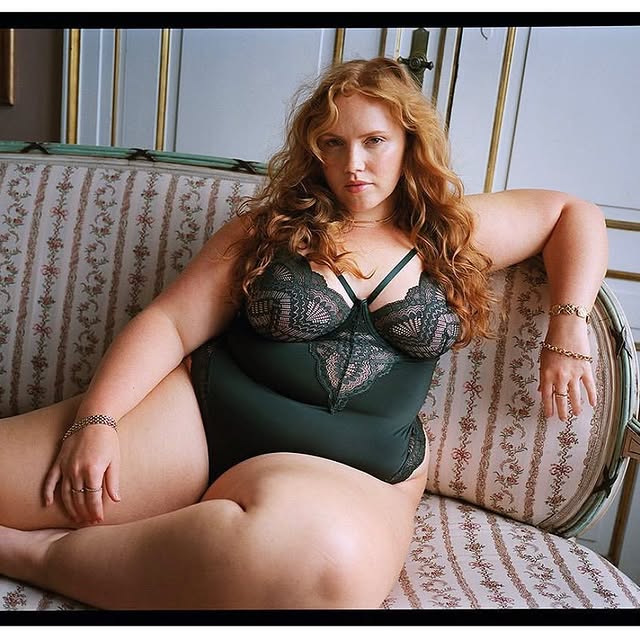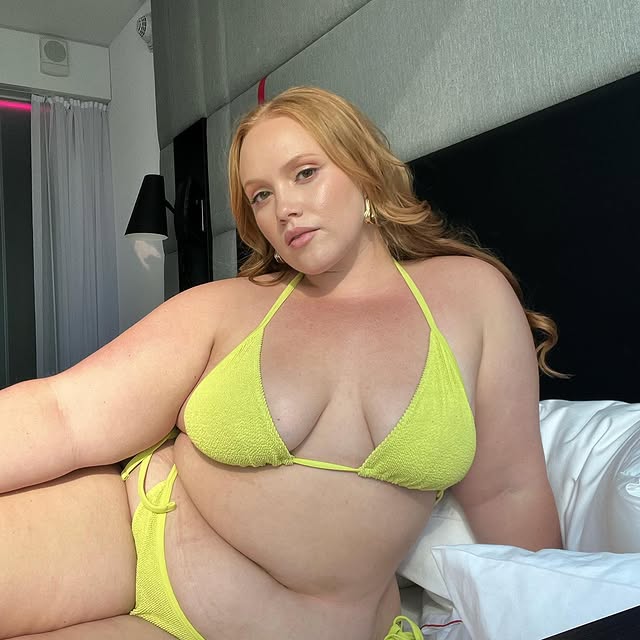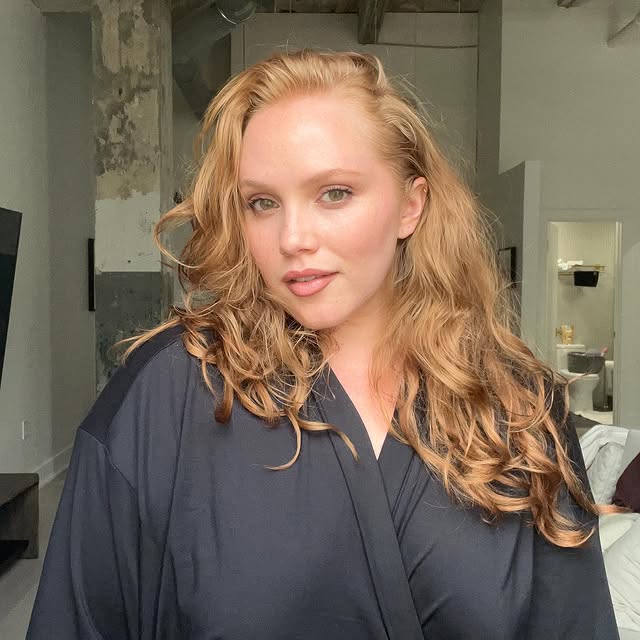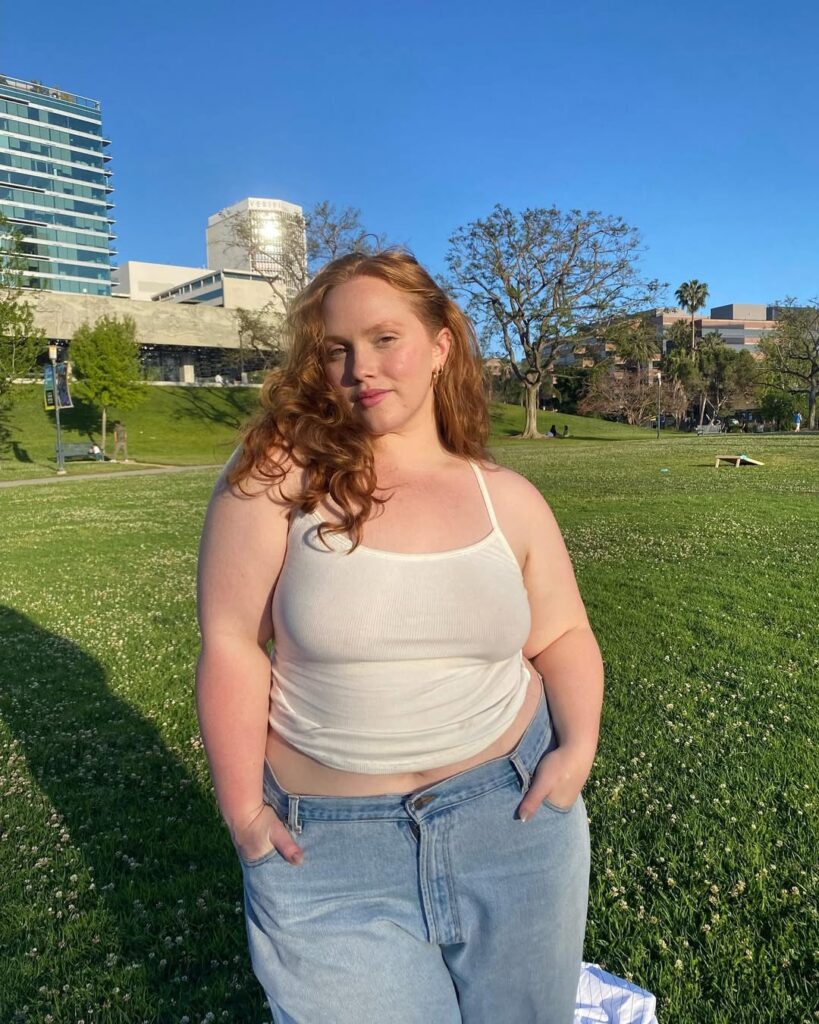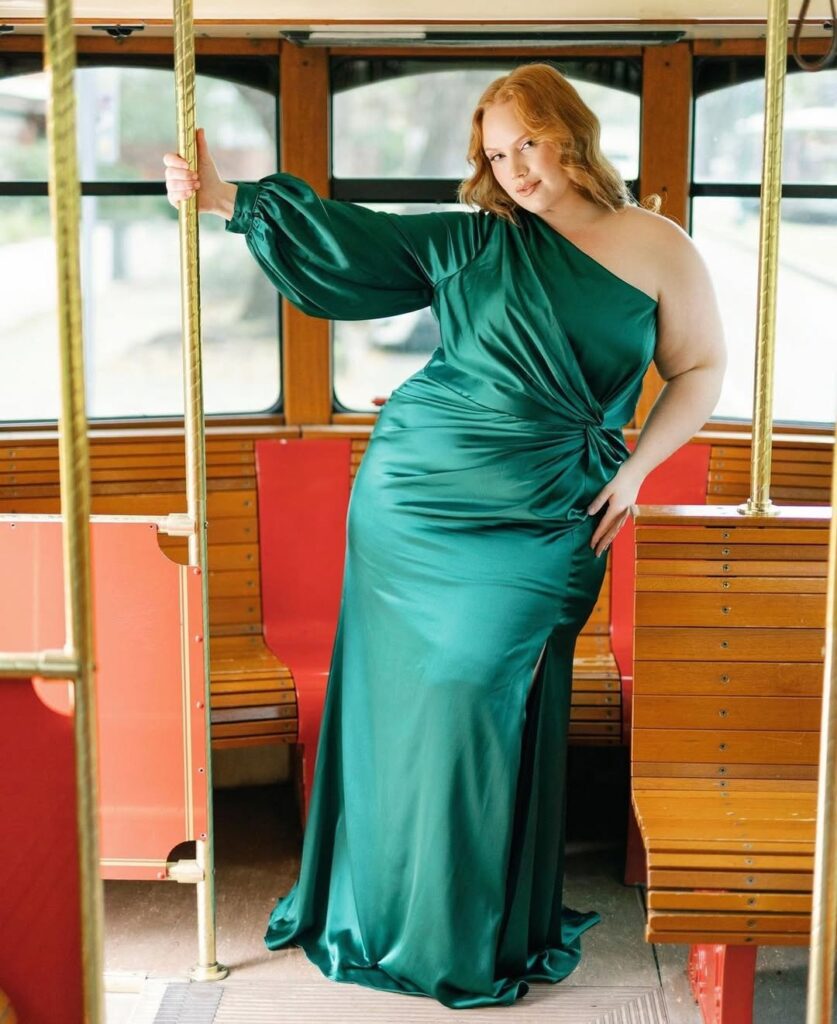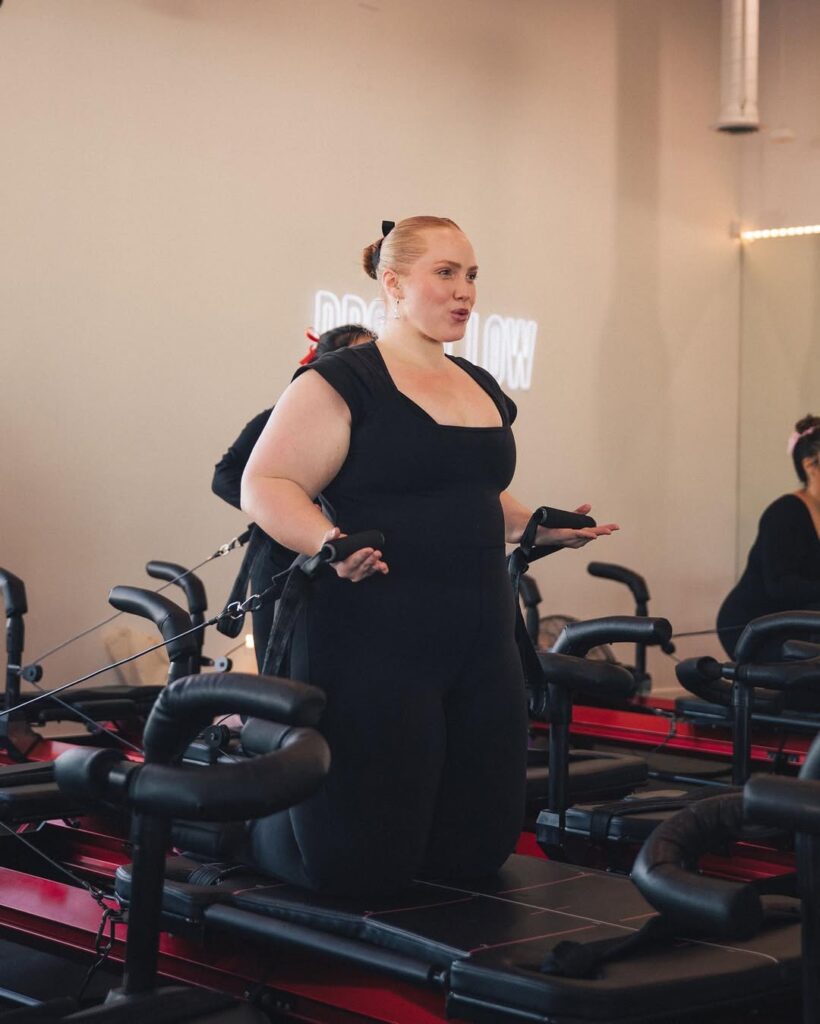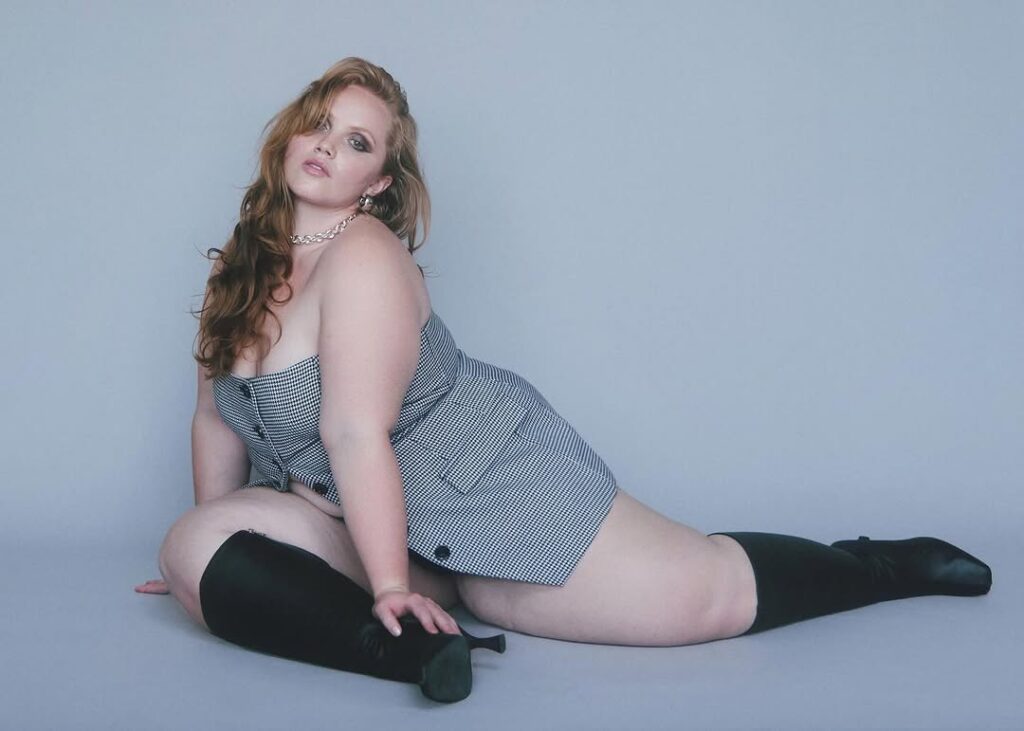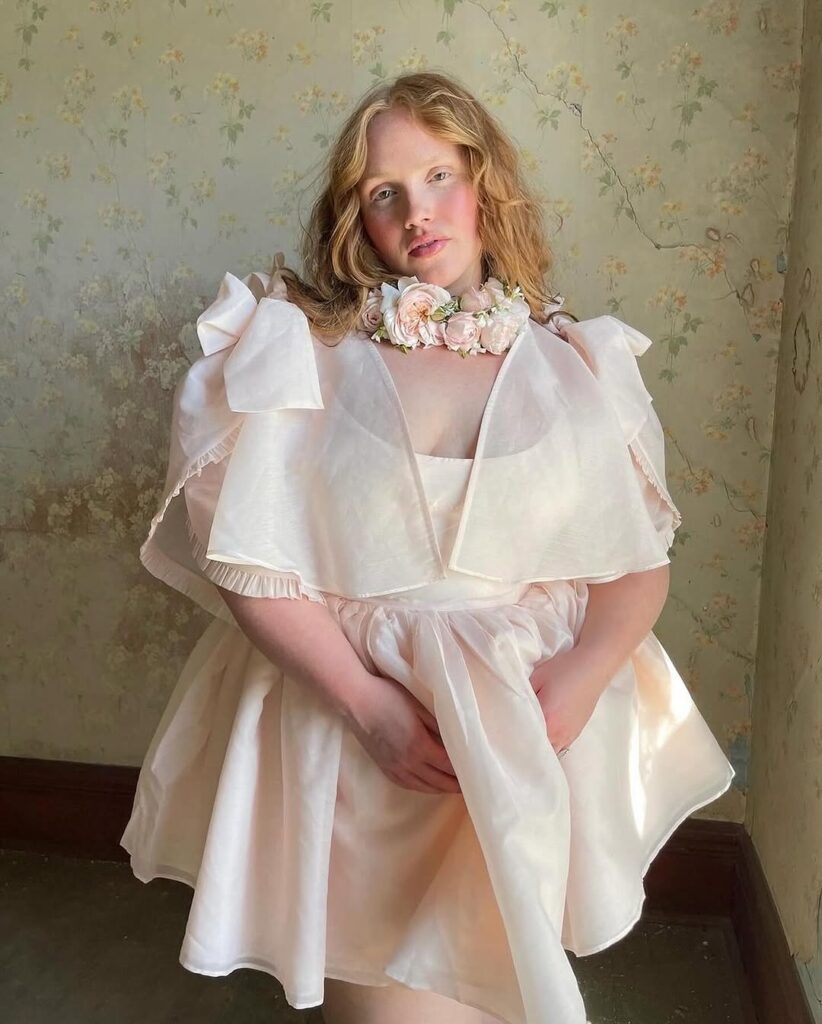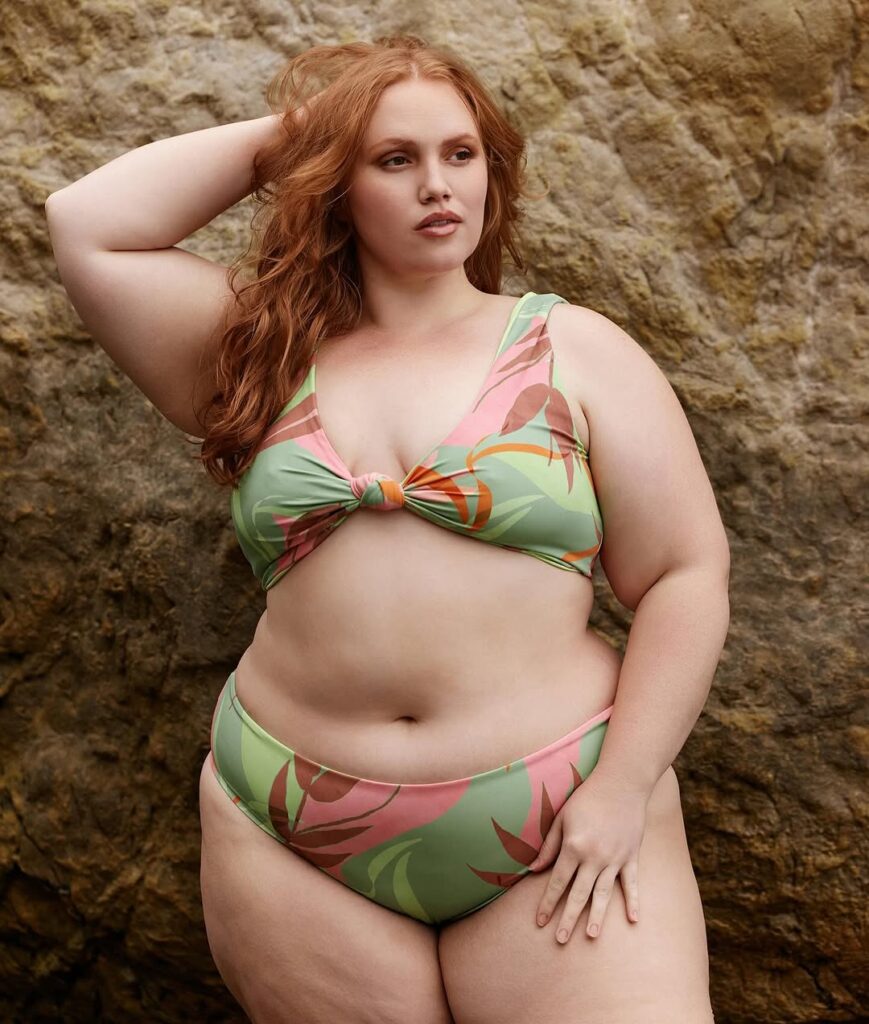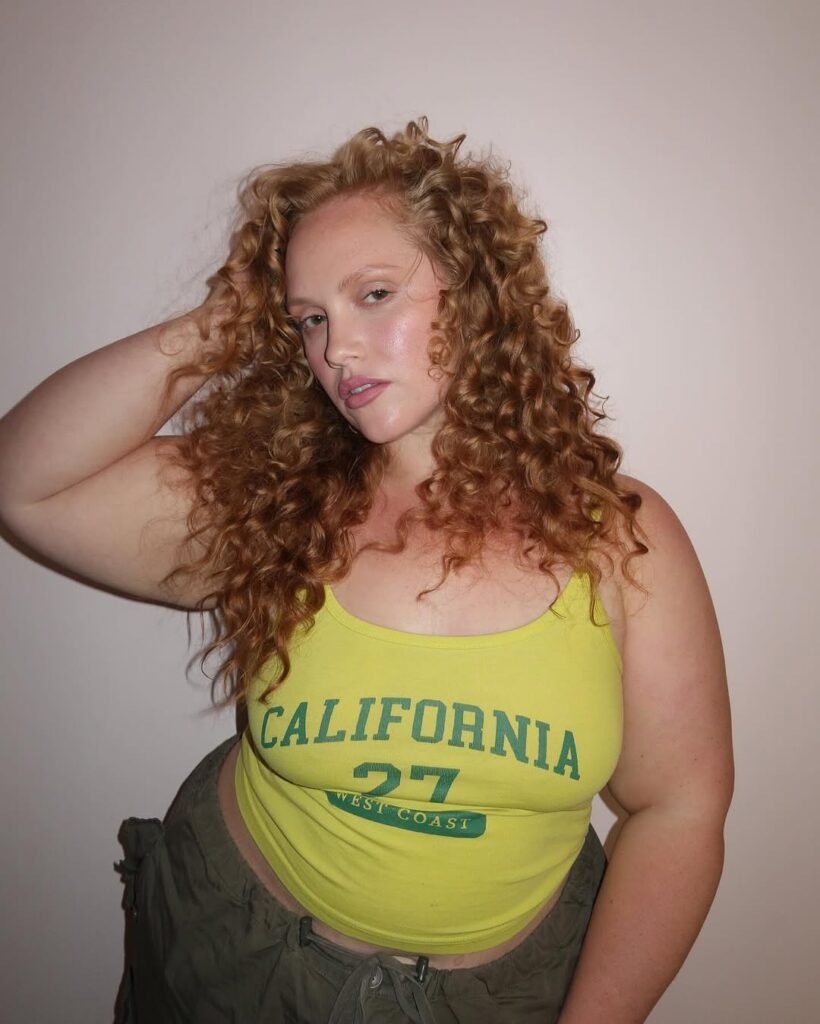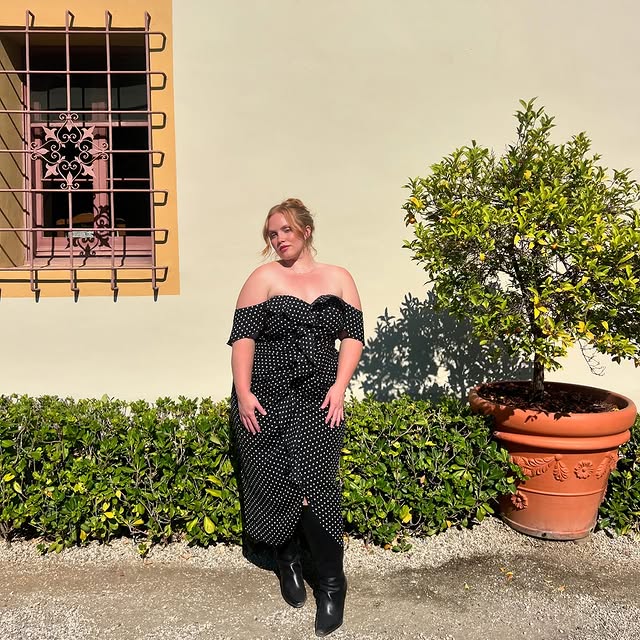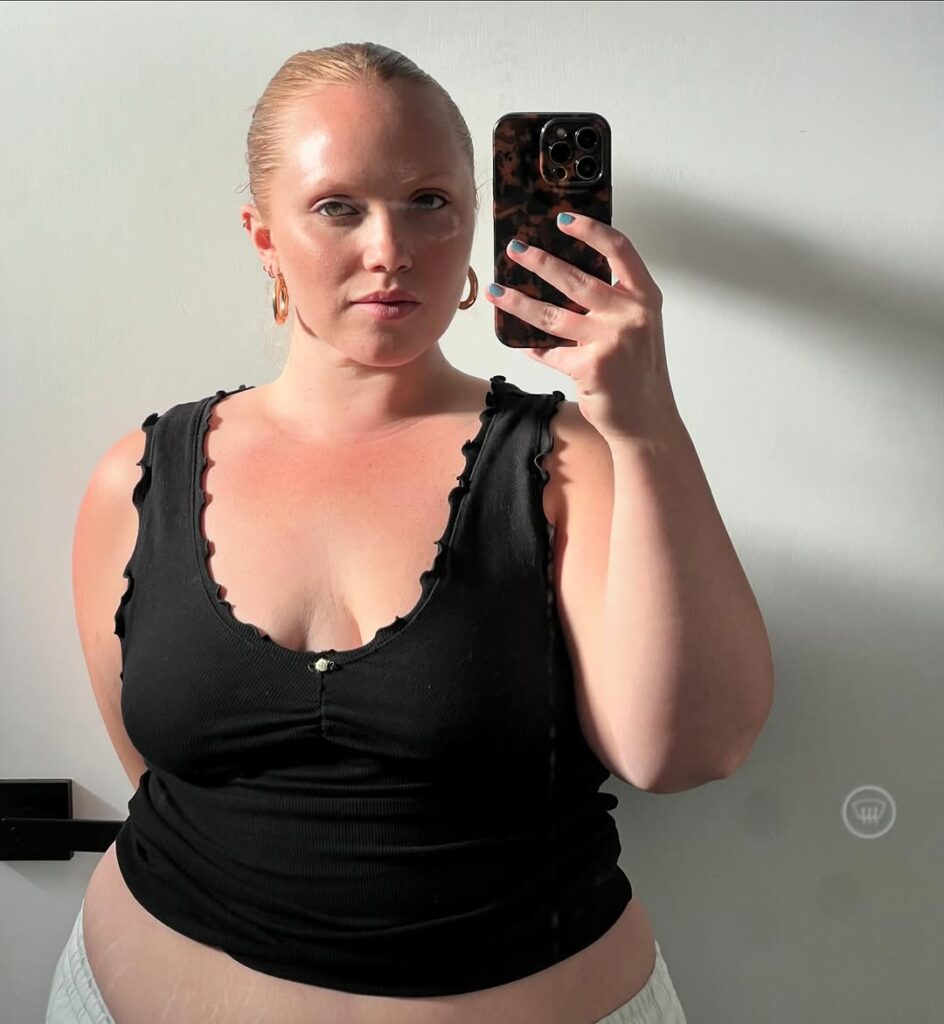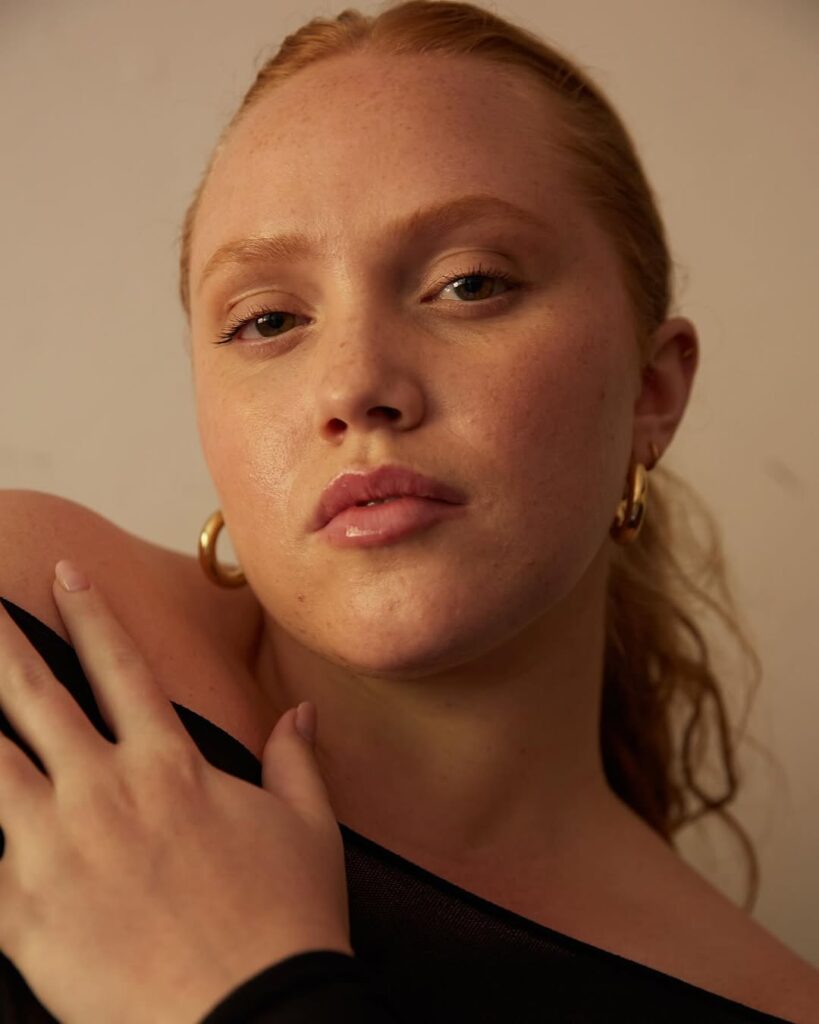Ozempic Trend Sparks Fear of Extinction for Plus-Size Models in Fashion
A fashion industry contractor is stirring up buzz online after claiming that “plus-size models are going extinct.”
And honestly, they might not be wrong. Lynley Eiler pointed out how the number of curve models on runways at New York Fashion Week and London Fashion Week has dropped big time over the last three years.
Model and body-positivity activist Felicity Haywood says the reason is pretty clear: the rise of Ozempic weight loss injections. Ever since Hollywood and influencers started hyping up Ozempic for fast weight loss in 2023, the fashion industry seems to be ditching diversity and heading back to super-thin standards.
It’s kind of wild. The same world that once pushed for plus-size fashion inclusivity is now letting a weight loss drug trend reshape what’s “in” on the runway.
Lynley Eiler says that even the most illustrious of plus-sized models are struggling to find work
Eiler, who’s been working as a plus-size model for the past five years, says the community of curvy models is actually pretty small.
“We all know each other,” she shared in a video on July 4. “It’s a tight-knit group.”
She explained that the ones who work consistently are easy to spot. “It’s a small scene, and you know the girls booking the most gigs.”
But lately, that scene is getting even smaller. The demand for full-figured models and plus-size fashion campaigns has dropped, with brands chasing thinner looks again. The rise of Ozempic weight loss injections and the obsession with slim body trends seems to be pushing curvy bodies off the runway.
“You know it’s bad when even those girls are DM’ing you like, ‘me too,’” Eiler said.
She explained that it’s not just the newer models struggling. Even the women who pioneered the plus-size fashion scene — the same ones who inspired her to love her body — are now feeling the pressure.
The shift in the industry, fueled by the Ozempic weight loss craze and brands chasing skinny runway trends, is hitting hard. The very icons who built space for body positivity and curve modeling are suddenly being sidelined.
Model/activist Felicity Haywood echoed Eiler with claims she was been rejected to the point that she was offended
In her March 18 op-ed for Glamour Magazine, Hayward shared a story that says it all about how plus-size fashion is treated at big events.
She wrote: “We’d love for you to attend our fashion week show.”
Her response: “Are you providing dressing options?”
And the reply? “Nothing in your size, sadly… but we do have these really fun earrings!”
Hayward explained that back in 2019, this was a super common exchange she had with designers during London Fashion Week. After a while, it got not only repetitive but downright offensive.
It highlighted how curve models and full-figured women were often excluded from the actual runway fashion experience, while still being expected to smile and show up for the brand.
Haywood claims she was made to feel grateful at fashion shows
Hayward admitted that for years, as a plus-size woman, she felt like she had to be grateful just to get an invite to Fashion Month shows. Why? Because she didn’t have what the industry calls a “fashion-worthy body” — the thin, sample-size look that still dominates most runways.
And that’s the crazy part. She had already built nearly a decade-long career, with high-end fashion editorials, beauty campaigns, billboards, and endless magazine features under her belt. Yet her size was always treated like a problem.
“Being plus-size was still an issue. Plus-size models were still an issue,” she said.
It’s a harsh reminder that no matter how successful you are, the fashion industry’s weight bias and obsession with thinness can overshadow real talent and experience.
With all this in mind, Hayward decided to start keeping track. She began documenting how many full-figured women were actually walking the runway during Fashion Week shows.
It wasn’t just curiosity — it was a way to highlight how little space plus-size models really get in an industry obsessed with Ozempic weight loss trends and skinny fashion standards.
The situation improved briefly in 2022, but the advent of Ozempic reversed the progress
Haywood noticed that by 2022, the buzz had shifted hard. Everywhere people were talking about “heroin chic” making a comeback and how “skinny is back” in the modeling world. That obsession with ultra-thin bodies triggered a huge industry shift.
Still, there was a small pushback. Later that year, around 70 plus-size models managed to hit the runways, with New York Fashion Week leading the charge — featuring 49 of them. It showed there was still demand for body diversity in fashion, even if the spotlight was clearly drifting back toward the size-zero trend.
By February 2023, the numbers crashed hard — only 31 plus-size models were represented on the runways. Things bounced back to 70 by that September, but it didn’t last. By early 2024, the count slipped again, and by September it dropped to just 46.
Fast forward to 2025, and the situation got even worse. The presence of plus-size models in fashion week hit one of its lowest points yet.
Hayward broke it down: “This season had over 91 designers showing, with an average of 40 looks each. That’s roughly 3,640 outfits on the runways. Out of all those, only 23 were considered curve or plus.”
That’s less than 1% representation — a shocking number for an industry that once claimed to embrace body positivity, inclusive fashion, and diverse beauty standards.
According to Hayward, the real game-changer here is Ozempic.
She explained, “The rise of the Ozempic trend in the U.S. is still sticking around, even three years after it first blew up — and you can clearly see the impact it’s having.”
From Hollywood celebrities using Ozempic for weight loss to influencers promoting the so-called miracle weight loss injection, the ripple effect has spilled straight into the fashion industry. The result? Fewer plus-size models on runways and a growing push back toward skinny body standards.
The public is divided on the topic
Eiler’s comments definitely stirred up a hornet’s nest, with people across the fashion community jumping in to share their thoughts.
One contributor didn’t hold back: “Even plus-size brands are telling influencers that ‘body positivity is dated’ and they’re moving in a new direction.”
That hit hard — especially since body positivity and plus-size fashion marketing were once the very things these brands built their name on. Now, with the rise of Ozempic weight loss trends and the obsession with slim figures, even the companies that catered to curvy women seem to be switching lanes.
“Yep, it’s dry out here,” one model agreed, pointing straight to the obvious culprit — weight loss drugs. She hinted at the med that pops up every time a celeb drops pounds: “The GLP-1 craze really put a hindrance on plus modeling.”
Another chimed in with the same frustration: “Ugh, yes. Ozempic being used recreationally has had so many negative impacts.”
The GLP-1 weight loss drug boom — especially Ozempic and Wegovy — has completely reshaped the modeling landscape. What was once a growing market for plus-size models and inclusive fashion campaigns is shrinking fast, all thanks to Hollywood and influencers glamorizing the so-called miracle weight loss injections.

